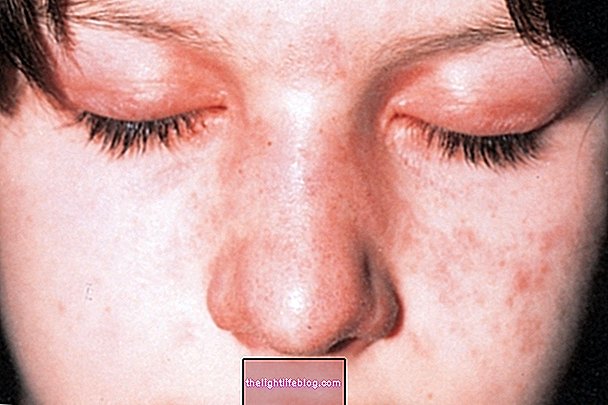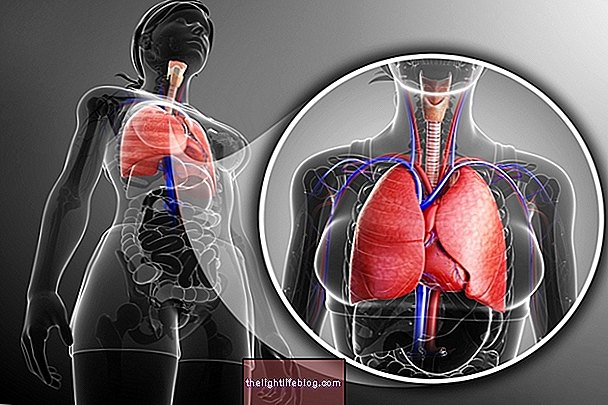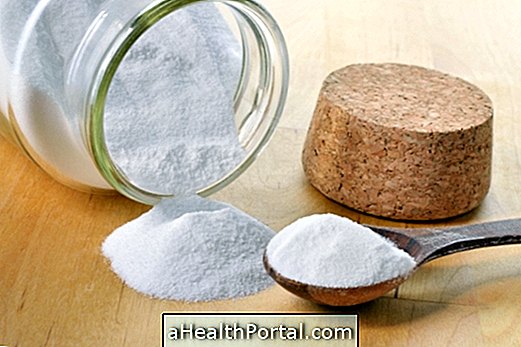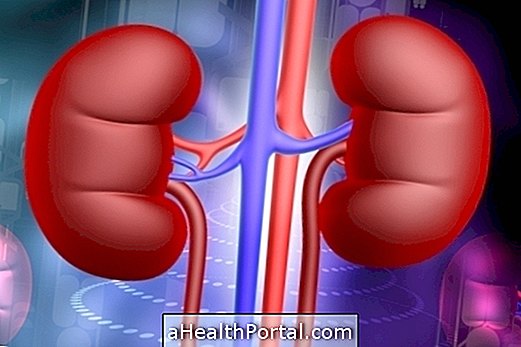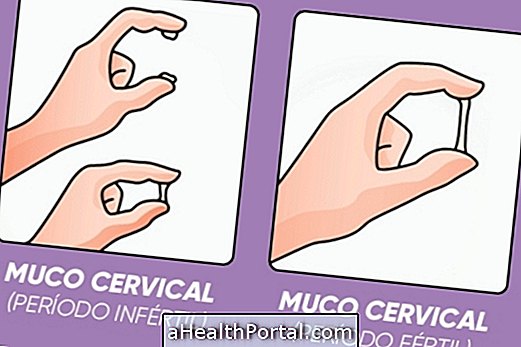Amyloidosis can produce several different signs and symptoms and for that reason its treatment must be directed by the doctor, according to the type of disease that the person has.
For the types and symptoms of this disease, see How to identify amyloidosis.
The doctor may recommend the use of medicines, radiotherapy, use of stem cells, surgery to remove the area affected by amyloid deposits and even a liver, kidney or heart transplant, in certain cases. The purpose of treatment is to reduce the formation of new deposits and to eliminate existing deposits.
Amyloidosis is characterized by the deposition of amyloid protein in some parts of the body, this protein is rare and is not normally found in the body and has nothing to do with the protein we consume.
Here's how to treat each type of amyloidosis.
How to treat Primary Amyloidosis or LA
The treatment for primary amyloidosis varies according to the person's impairment, but it can be done using medications such as Melfalam and Prednisolone combined with each other or with Melfalam IV for 1 or 2 years.
Stem cells can also be useful and Dexamethasone is generally better tolerated, as it has fewer side effects.
When there is renal impairment, diuretics and compression stockings should also be used to reduce swelling in the legs and feet, and when the disease affects the heart, a pacemaker may be implanted in the heart's ventricles.
When amyloidosis is located in an organ or system, the concentration of proteins can be combated with radiotherapy or removed through surgery.
Despite the discomfort that the disease causes and that the medications can bring, without treatment, the individual diagnosed with this type of amyloidosis can die in 1 or 2 years and if there is cardiac involvement, it can happen in 6 months.
How to Treat Secondary Amyloidosis or AA
This type of amyloidosis is called secondary because it is related to other diseases such as rheumatoid arthritis, tuberculosis or familial Mediterranean fever, for example. When treating the disease to which amyloidosis is related, there is usually an improvement in symptoms and a decrease in the deposit of amyloid in the body.
For treatment, the doctor may prescribe the use of anti-inflammatory drugs and check the amount of amyloid protein A in the blood after a few weeks to adjust the dose of the medication. A medicine called colchicine can also be used, but surgery to remove the affected region is also a possibility when symptoms do not improve.
When amyloidosis is linked to a disease called familial Mediterranean fever, colchicine can be used, with good symptom relief. Without proper treatment the person who has this type of amyloidosis can have 5 to 15 years of life. However, liver transplantation is a good option to control the unpleasant symptoms caused by the disease.
How to Treat Hereditary Amyloidosis
In this case, the organ that is most affected is the liver and liver transplantation is the most suitable treatment. With the new transplanted organ, there are no new amyloid deposits in the liver. Find out what the transplant recovery is like and the care that should be taken here.
How to treat senile amyloidosis
This type of amyloidosis is related to aging and in this case, the heart is the most affected and it may be necessary to resort to a heart transplant. See what life is like after a heart transplant.
Learn about other forms of treatment for senile amyloidosis when this disease affects the heart by clicking here.
Was this information helpful?
Yes No
Your opinion is important! Write here how we can improve our text:
Any questions? Click here to be answered.
Email in which you want to receive a reply:
Check the confirmation email we sent you.
Your name:
Reason for visit:
--- Choose your reason --- DiseaseLive betterHelp another personGain knowledge
Are you a health professional?
NoMedicalPharmaceuticalsNurseNutritionistBiomedicalPhysiotherapistBeauticianOther




